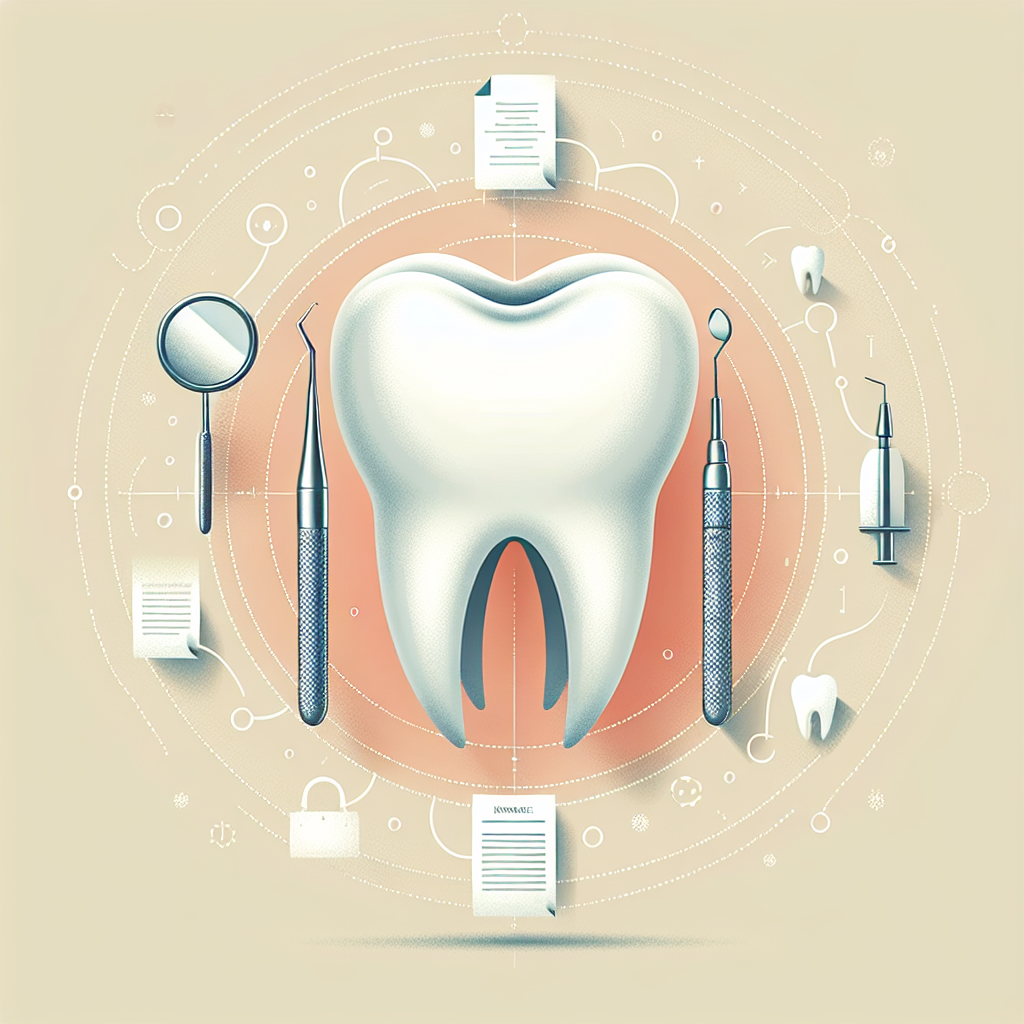Filed under Health Insurance on
Understanding Your Health Insurance Receipt: A Guide

Grasping the intricacies of your health insurance receipt can feel daunting, especially with the plethora of codes, terms, and costs listed. However, understanding your health insurance receipt is crucial for effectively managing your healthcare finances and ensuring that you are not overcharged. This comprehensive guide breaks down the components of your health insurance receipt, highlights common terms, and provides tips for checking accuracy, empowering you to take control of your healthcare spending.
Key Components of a Health Insurance Receipt
Health insurance receipts contain several essential elements that provide details about the medical services you have received and how they are billed. Familiarizing yourself with these components will make understanding your health insurance receipt much easier.
1. Personal Information
Your receipt will typically include personal details such as your name, address, and policy number. Ensure that this information is accurate, as it links the receipt to your health insurance policy.
2. Provider Details
This section lists the healthcare provider’s name, address, and phone number. It's essential to verify these details to confirm the legitimacy of the services charged.
3. Dates of Service
The receipt includes the dates when services were provided. This helps determine the time frame of the treatment covered and ensures it aligns with services you actually received.
4. Description of Services
This part provides an outline of the medical procedures, consultations, or treatments you underwent. Understanding your health insurance receipt involves recognizing these codes and descriptions to ensure they match the care you received.
5. Billed Amount
The billed amount is the cost before insurance adjustments. It reflects the full price of the services provided, which helps in understanding the actual expense before any discounts or insurance payments.
6. Insurance Adjustments
Here, you’ll find details on any discounts or adjustments applied by your insurance plan. Knowing these figures is vital for understanding the financial benefits of your insurance coverage.
7. Patient Responsibility
This encompasses the portion of the bill you are expected to pay. It includes your copays, deductibles, and any charges that are not covered by insurance. Knowing this figure is key for budgeting your healthcare expenses.
Common Terminology on Health Insurance Receipts
- Premium: Regular payment to maintain your insurance policy.
- Deductible: Amount you pay out-of-pocket before insurance covers additional costs.
- Copayment: Fixed fee paid for specific services, as stipulated by your policy.
- Coinsurance: Your share of the costs after meeting the deductible, usually a percentage.
- Out-of-Pocket Maximum: The cap on how much you will spend on covered services in a year.
Tips for Accurate Receipt Evaluation
Ensuring the accuracy of your health insurance receipt is essential to avoid unnecessary charges. Here are some strategies to help you scrutinize your receipt effectively:
Review Service Descriptions
Check if the services and procedures listed match what you received. Mistakes here can lead to costly errors if not addressed.
Verify the Billing Codes
Billing codes must align with the services you received. Each code corresponds to a particular treatment or procedure, so accuracy is critical.
Compare with Your Explanation of Benefits (EOB)
Your insurance company provides an EOB, shedding light on what services were covered. Compare this document with your receipt to ensure consistency in the billed amounts.
Contact Your Provider for Discrepancies
If discrepancies arise, don't hesitate to reach out to your healthcare provider for clarification. Understanding your health insurance receipt may involve verifying every detail to resolve mistakes.
Current Industry Trends
In recent years, there has been a push towards clearer billing processes and more transparency in healthcare costs. The introduction of user-friendly digital platforms aims to make the understanding of your health insurance receipt even more straightforward. Industry experts advocate for continued improvements in billing clarity to prevent billing errors and enhance patient satisfaction. Additionally, legislative efforts are underway to strengthen consumer protection against unexpected medical bills.
Expert Opinions
Healthcare professionals stress the importance of understanding your health insurance receipt as an integral part of managing health expenses. Dr. Karen Smith, a healthcare economist, suggests that "taking the time to carefully review your insurance receipts can save you considerable amounts of money in the long run." By demystifying the receipt, individuals can better navigate the complex healthcare system and make informed decisions about their health expenditures.
The Future of Health Insurance Receipts
Innovation in the healthcare billing sector promises improved clarity and efficiency in billing practices. With ongoing technological advancements, patients may soon have access to real-time billing updates via mobile apps, which could further simplify the understanding of health insurance receipts and aid in promptly addressing any discrepancies.
Conclusion
To sum up, understanding your health insurance receipt is a vital skill in managing your healthcare budget and ensuring the accuracy of charges. By familiarizing yourself with the key components, common terminology, and verification techniques, you are equipped to effectively monitor your healthcare expenditures. Staying informed about industry trends and expert insights can also provide additional context, helping you make savvy healthcare choices. As the healthcare landscape continues to evolve, maintaining an up-to-date understanding of your health insurance receipt will remain an essential component of responsible health management.





